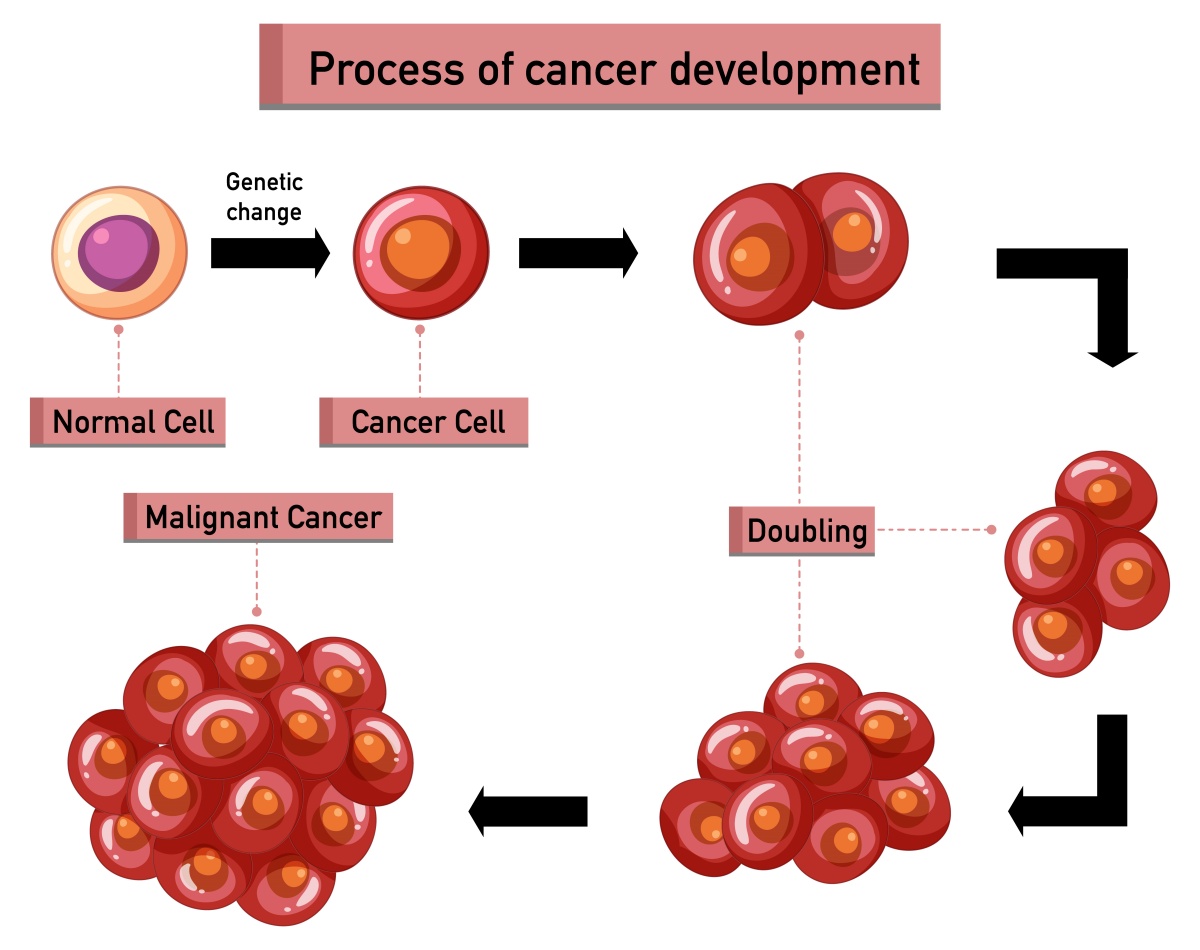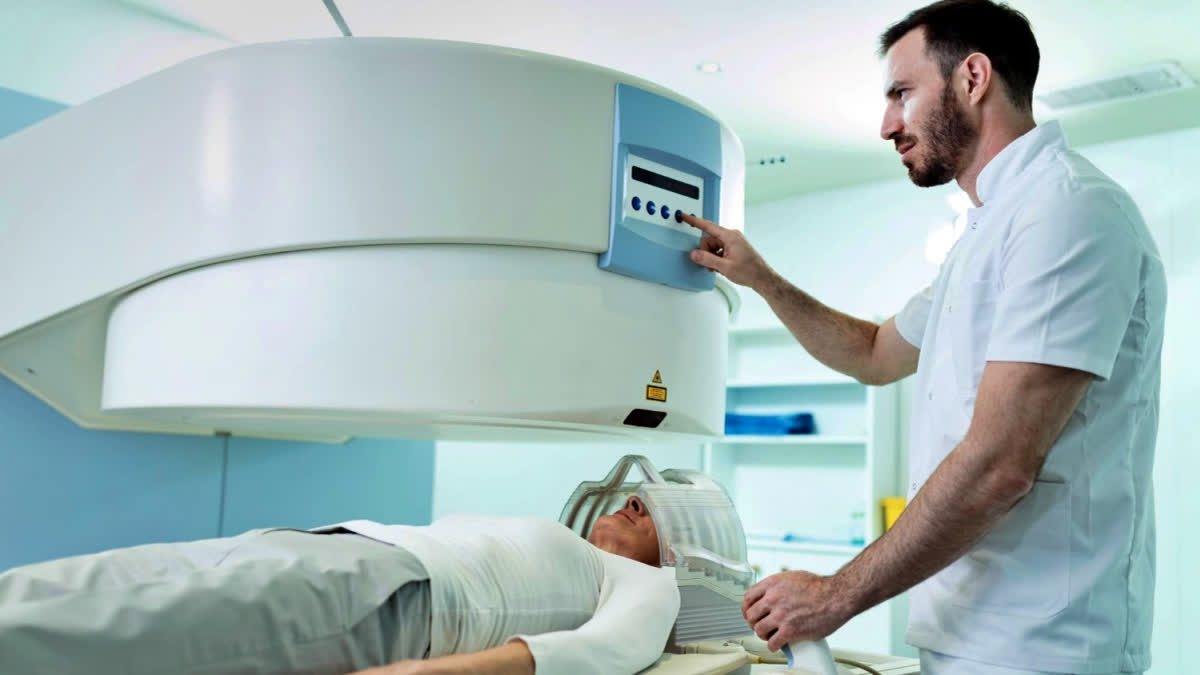When it comes to cancer treatment, radiation therapy often evokes anxiety and uncertainty, largely fuelled by misconceptions and half-truths. People picture hair falling out in clumps, widespread pain, and a process that wreaks havoc on the body. However, it is one of the most precise and advanced tools in modern cancer care. It uses high-energy particles or waves, such as x-rays, gamma rays, electron beams, or protons, to destroy or damage cancer cells.
1. Radiation Therapy Targets Specific Areas With Precision
Many believe radiation therapy indiscriminately affects the entire body. However, Dr. Aravind Badiger, Technical Director at BDR Pharmaceuticals, emphasizes, clarifies, “Unlike chemotherapy, which circulates throughout the body, it is highly targeted. It focuses on specific areas affected by cancer, delivering concentrated doses of radiation to destroy cancer cells while minimizing damage to surrounding healthy tissue.”
With advanced techniques like Intensity-Modulated Radiation Therapy (IMRT) and Stereotactic Body Radiation Therapy (SBRT), doctors can pinpoint cancer cells with remarkable accuracy. This ensures that healthy tissues are largely spared, leading to fewer side effects and improved outcomes.

2. Hair Loss Is Not Always A Side Effect
One of the most persistent myths about radiation therapy is that it always causes hair loss. While chemotherapy can lead to widespread hair loss, radiation therapy’s impact is localized. The truth is, many patients undergoing radiation therapy experience no changes to their hair at all, depending on the treatment site.
Dr. Badiger says, “The extent of hair loss depends on the area being treated. If radiation is directed at the head or scalp, hair loss may occur in that localized region. For cancers treated in other areas, such as the lungs or prostate, it does not typically affect hair growth elsewhere on the body.”
3. Radiation Therapy Works Best When Combined With Other Treatments
Radiation therapy is a team player. It’s often integrated into a broader multidisciplinary treatment plan for maximum effectiveness. Dr. Badiger outlines three common scenarios:
Before Surgery: Radiation therapy can shrink tumors, making them easier to remove.
After Surgery: It helps eliminate any residual cancer cells.
With Chemotherapy: Combining it with chemotherapy enhances the ability to combat aggressive or advanced cancers.
This adaptability makes it a critical tool in tackling cancer from multiple angles, often improving survival rates and quality of life.
4. Radiation Therapy Is Painless
One of the most common fears is that radiation therapy is painful. It’s actually no more painful than getting an X-ray, say patients in studies. During the session, patients are asked to remain still while the machine delivers radiation. The process is quick, non-invasive, and painless.
While the treatment itself is a breeze, some side effects (like fatigue or mild skin irritation) may develop over time. These are manageable with proper medical guidance, making the overall experience far less intimidating than most people assume.
Radiation therapy has come a long way, thanks to technological advancements. Innovations like Proton Therapy and Image-Guided Radiation Therapy (IGRT) enable precise targeting of cancer cells while sparing healthy tissues.
The integration of artificial intelligence and advanced imaging techniques has enhanced treatment planning, enabling shorter sessions, improved outcomes, and reduced side effects. These innovations ensure radiation therapy is not only effective but also safer and more patient-friendly than ever before. The procedure is becoming increasingly targeted and patient-friendly, improving outcomes and reducing side effects.
References:
https://www.sciencedirect.com/science/article/pii/S0360301624000191
https://doi.org/10.1016/j.jrras.2018.07.006
(Disclaimer: The information provided in this health article is for general informational purposes only and is not intended as medical advice. It is not a substitute for professional healthcare consultation, diagnosis, or treatment. Always seek the advice of your physician or other qualified health provider with any questions you may have regarding a medical condition.)
Read more:



